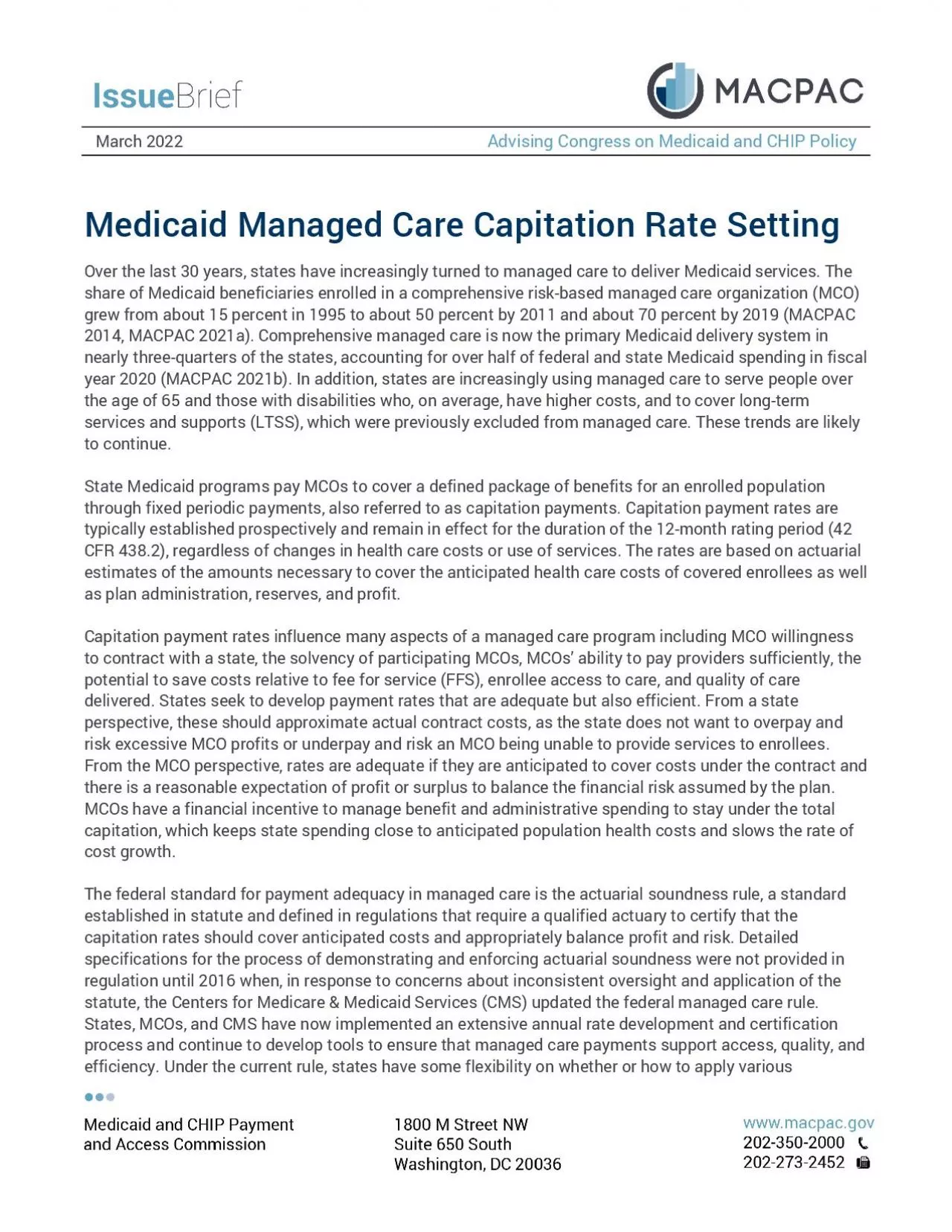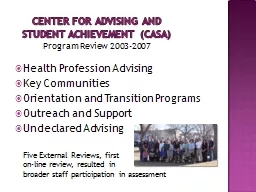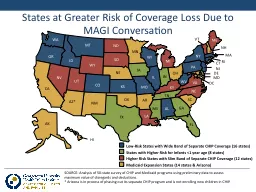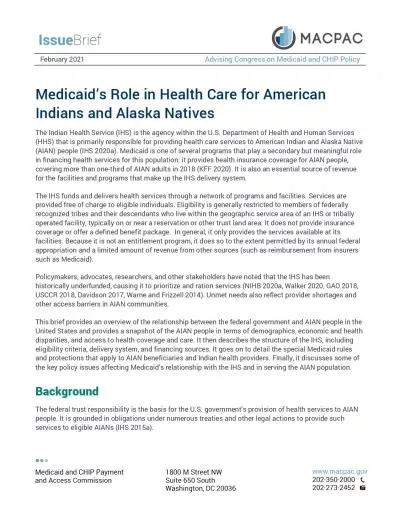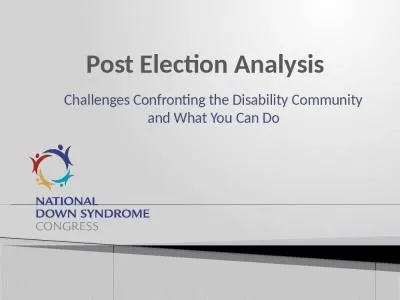PDF-March Advising Congress on Medicaid and CHIP Policy
Author : taylor | Published Date : 2022-08-20
Medicaid Managed Care Capitation Rate SettingOver the last 30 years stateshave increasingly turned tomanaged care to deliver Medicaid services The share of Medicaid
Presentation Embed Code
Download Presentation
Download Presentation The PPT/PDF document "March Advising Congress on Medicaid and ..." is the property of its rightful owner. Permission is granted to download and print the materials on this website for personal, non-commercial use only, and to display it on your personal computer provided you do not modify the materials and that you retain all copyright notices contained in the materials. By downloading content from our website, you accept the terms of this agreement.
March Advising Congress on Medicaid and CHIP Policy: Transcript
Download Rules Of Document
"March Advising Congress on Medicaid and CHIP Policy"The content belongs to its owner. You may download and print it for personal use, without modification, and keep all copyright notices. By downloading, you agree to these terms.
Related Documents

